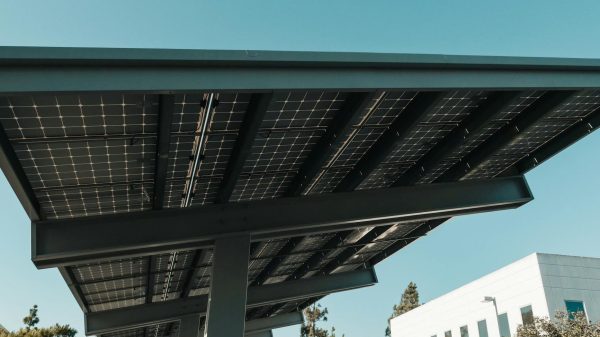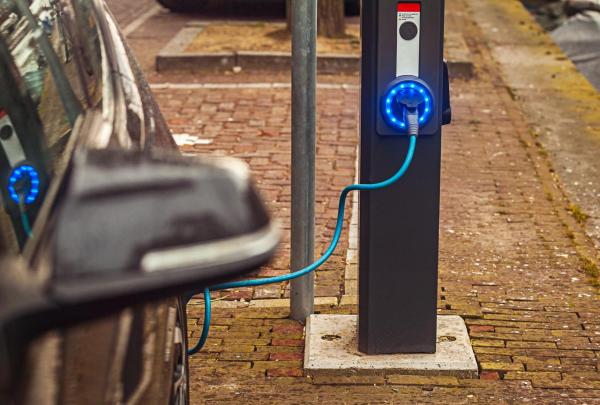As fossil fuel depletion and environmental problems grow, interest in renewable resources is increasing. One of them in particular: solar energy, for which demand increased by around 40% in 2022, according to Bloomberg Intelligence’s Global Solar Energy 2023 Outlook. And growth is expected to continue. The International Energy Agency expects it to overtake coal power by 2027. In the European Union, which is betting heavily on it, this happened last May for the first time.
What is it and what are its advantages?
Solar energy comes from the sun, which is like a giant nuclear reactor. Nuclear fusion reactions in its core generate large amounts of energy that are emitted from its surface into space in the form of light and heat. And this can be captured through different technologies, mainly solar panels, but also collectors.
There are different ways of using the sun’s energy. The two main ones are photovoltaic and thermal. The former is oriented towards the production of electricity, for example in households and businesses of any size, and the latter mainly for heating water. Other types of solar energy are passive and hybrid.
Solar energy through solar panels ranges from domestic and industrial to public spaces in order to lower electricity bills. It is being used for lighting, air conditioning, heating, hot water, pumping systems and agricultural irrigation, among many other applications.
Photovoltaic solar energy
In this case, sunlight is converted into electricity by photovoltaic panels or cells connected together to form solar modules. The process is simple: the panels, usually made of silicon (a semiconductor material), capture the light and generate direct current (DC). In order to be able to use it in the home, it is essential to install a device called an inverter that channels it and converts it into alternating current (AC). If a surplus is produced, it can be stored in a battery or fed back into the grid. In this way, every household can become self-sufficient in electricity supply and reduce its electricity bill.
Solar photovoltaic panels are easy to install and can be sized to produce the exact amount of energy required by the household. They are usually placed on roofs, rooftops, balconies, pergolas or directly on the ground. They work all year round, no matter if it is winter or not, and are easy to maintain.
Solar thermal energy
These installations capture heat directly from the sun’s radiation, by means of solar panels or collectors, and transform it into thermal energy. In other words, unlike photovoltaic systems that generate electricity, they produce heat and heat water or air. They are used for heating systems, swimming pools or domestic hot water. There are different types, depending on the purpose for which they are installed. In addition to solar panels, these devices also include pipes and a tank, among other elements. They are usually mounted on the roof or in high places. They only generate heat on sunny days. They require little or no maintenance.
Passive solar energy
In passive solar systems, in contrast to the previous (active) systems, mechanical and electrical devices such as solar panels are not needed to obtain and process the energy, but it is obtained directly. It is mainly applied in the field of bioclimatic architecture, such as Passive House or Passivhaus certified houses (a standard originating in Germany). This method does not require electricity. It is based on design and materials (orientation, thermal mass, etc.) that collect the sun’s heat and store it in existing building elements. In this way, the house is heated or cooled, although it is also used for interior lighting. And it reduces the carbon footprint while saving energy.
Hybrid solar energy
This is the name given to systems that combine any of the above solar energies with another source of energy generation, such as wind turbines or batteries.
Advantages of solar energy
- The sun is the most abundant source of energy on Earth, it never runs out.
- Although it requires semiconductors to manufacture solar panels, solar energy itself does not pollute. It does not emit substances, nor does it produce greenhouse and other exhaust gases, and it does not generate noise.
- It is not affected by energy crises or instability.
- It reduces carbon emissions.
- Although not equally efficient worldwide, solar energy systems can generate power in all climates.
- Solar energy can reduce household energy costs.
- Installing solar panels increases the value of the home.
- Solar technologies are becoming more efficient and solar panels are becoming cheaper.
- As part of the renewable sector, it is a fast-growing industry that generates employment.








